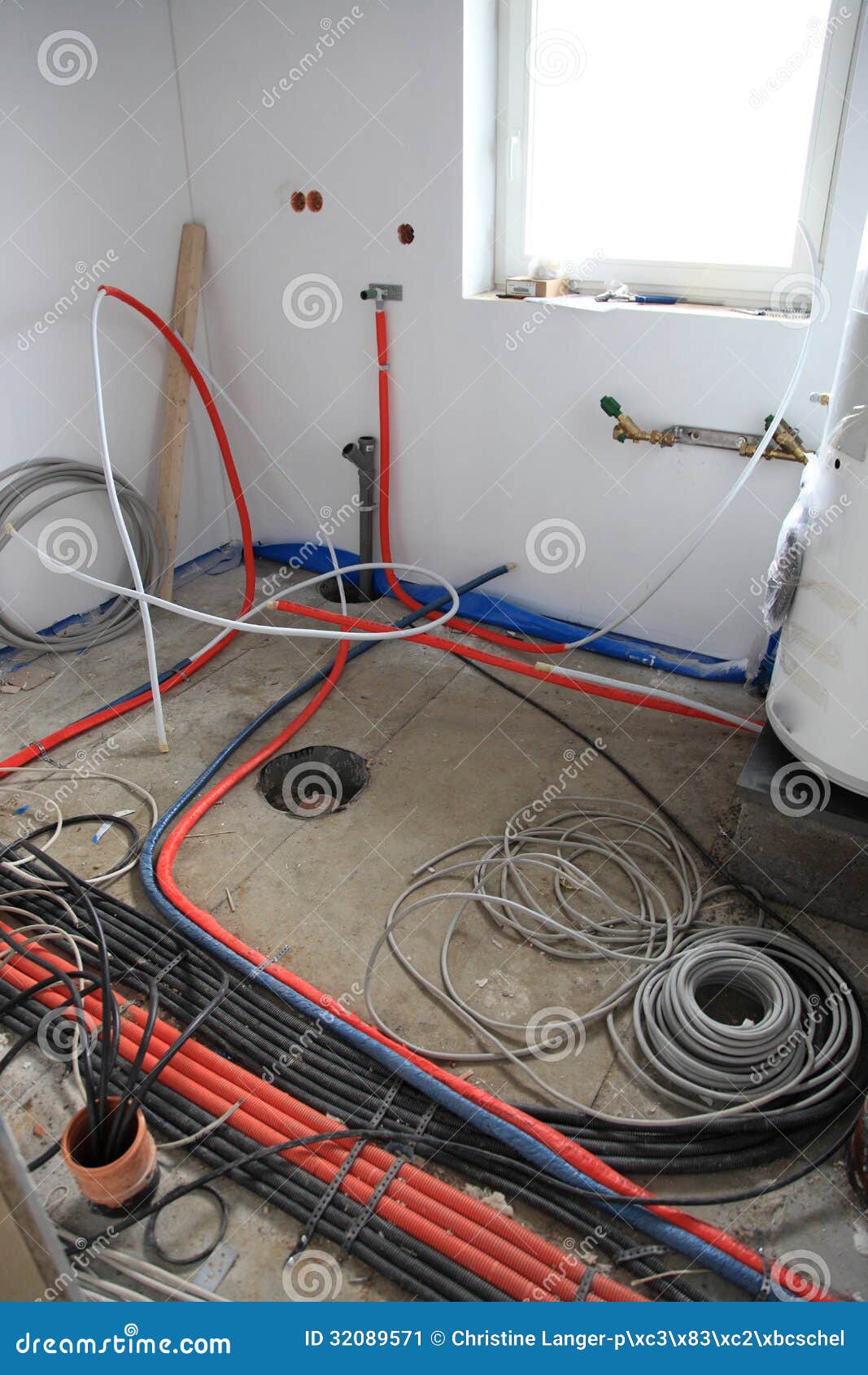Cutting-Edge Innovation with BRE Automation Australia Services
Cutting-Edge Innovation with BRE Automation Australia Services
Blog Article
The Ultimate Overview to Electric Setup: Tips and Techniques for a Safe and Reliable Home Electrical Wiring System
In the realm of home upkeep, couple of facets are as crucial yet frequently neglected as the electrical wiring system. By checking out the subtleties of electric safety and security actions and energy-saving techniques, this thorough overview will certainly lose light on the ins and outs of home electrical wiring, equipping individuals to take charge of their home's electrical infrastructure.
Understanding Electrical Safety Measures
To make certain the safety of both people and residential or commercial property, understanding and executing proper electrical precaution is paramount in any kind of home circuitry job. Electricity is an effective force that can be harmful otherwise managed with caution. Among the basic precaution is guaranteeing that all electrical job is carried out by qualified professionals that comply with regional building ordinance and guidelines. It is essential to conduct an extensive assessment of the electric system before starting any type of electrical wiring project to identify potential risks or concerns that require to be attended to.
Additionally, using the appropriate devices and equipment is important for maintaining safety throughout electrical installations. Protected handwear covers, voltage testers, and safety glasses are some of the fundamental security equipment that need to be worn to stop electric shocks or crashes. It is additionally important to de-energize circuits before working with them and to label all circuits and breakers clearly to prevent complication.

Crucial Devices for Home Electrical Wiring
Making sure the appropriate application of electrical safety and security actions in home electrical wiring projects includes making use of a particular set of necessary tools developed to assist in the setup process effectively and securely. Some of the secret tools needed for home wiring tasks include a voltage tester for checking online wires, cord strippers for removing insulation from cords, a cable cutter for precisely reducing cables to length, a screwdriver established for protecting electrical parts, electric tape for insulation and protecting links, a cord ripper for stripping cord sheathing, and a multimeter for measuring voltage, existing, and resistance. Furthermore, a drill with little bits is necessary for creating openings for wiring and installing electric boxes, while fish tapes or rods help in pulling cables via conduits or wall surfaces. It is essential to spend in high-quality tools to ensure accuracy, efficiency, and security throughout home electrical wiring tasks. By having the required devices conveniently available, home owners can efficiently browse the setup procedure and maintain a safe electrical system within their homes - BRE Electrical Solutions.
Step-by-Step Electric Setup Guide
Starting an electrical installment task needs careful preparation and adherence to security guidelines. Before here are the findings starting any work, guarantee you have a comprehensive strategy detailing the design of the electrical system, consisting of the positioning of outlets, buttons, and components. Consider the power requirements of each tool to figure out the proper cable gauge and breaker dimensions.
The first action in the installment procedure is to shut down the power supply to the area where you will certainly be working. Utilize a voltage tester to verify that the circuits are de-energized before touching any cords. Next, carefully remove existing fixtures or electrical outlets and separate the cords.
When setting up brand-new electrical wiring, run cable televisions through walls and ceilings, securing them in area with proper fittings. Follow regional building ordinance and maker directions for proper cord setup and connections. BRE Electrical. Make certain to label wires for easy recognition and future maintenance

Troubleshooting Common Circuitry Issues
Having actually finished the installment procedure as laid out in the previous subtopic, repairing usual circuitry concerns is an important skill for ensuring the safety and functionality of your electrical system. One typical problem is a tripped circuit breaker, commonly triggered by overloaded circuits or a short circuit. To fix this, locate the breaker panel, identify the stumbled breaker by searching for the one not fully in the "on" placement, and reset it by turning it fully to "off" and after that back to "on." An additional common problem is a damaged webpage outlet, characterized by no power or recurring power supply. Guarantee the outlet is not regulated by a switch, then use a voltage tester to look for power. If there is no power, transform off the circuit, check the electrical wiring connections for any loosened or damaged wires, and replace the electrical outlet if required. Continuously flickering lights can show loose circuitry connections or an overloaded circuit. To Web Site address this, check and tighten up all cord connections in the affected components and switches and rearrange the tons on the circuit to balance the electrical demand. Routinely inspecting and promptly addressing these typical circuitry problems will keep the safety and security and performance of your home electrical system.
Tips for Energy-saving Electric Equipments
For optimal power efficiency in electric systems, executing clever methods and making use of energy-saving technologies is extremely important. One crucial tip for attaining an energy-efficient electrical system is to update to LED lights. Appropriate insulation and securing of windows, doors, and electric outlets can also avoid power loss, ultimately lowering the workload on electrical systems.
Verdict
In conclusion, carrying out appropriate security measures, using crucial tools, adhering to a detailed installation guide, fixing usual issues, and incorporating energy-efficient ideas are critical for a safe and efficient home electrical wiring system. By sticking to these techniques, homeowners can guarantee the durability and capability of their electric installments. It is necessary to prioritize safety and effectiveness when it pertains to electric job in order to protect against potential hazards and to maintain a trustworthy electric system in the home.
Report this page